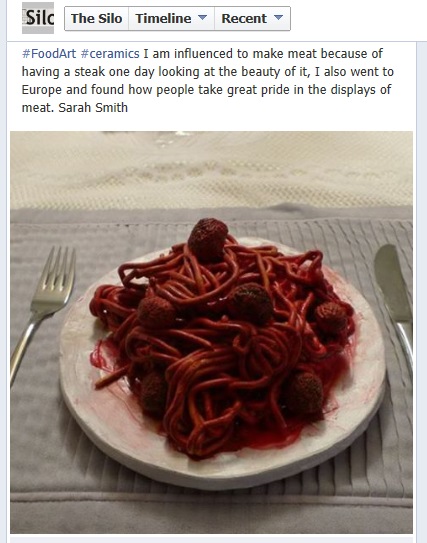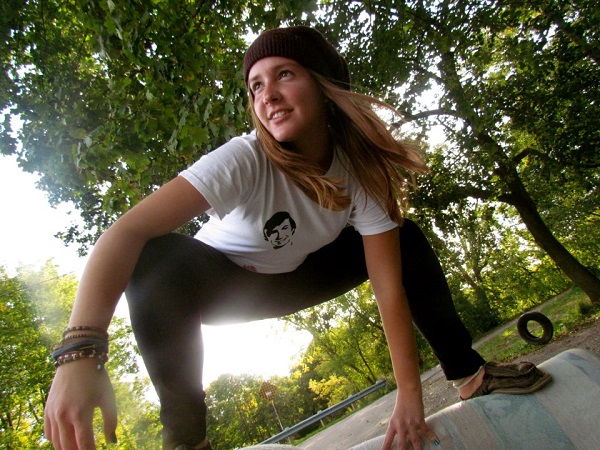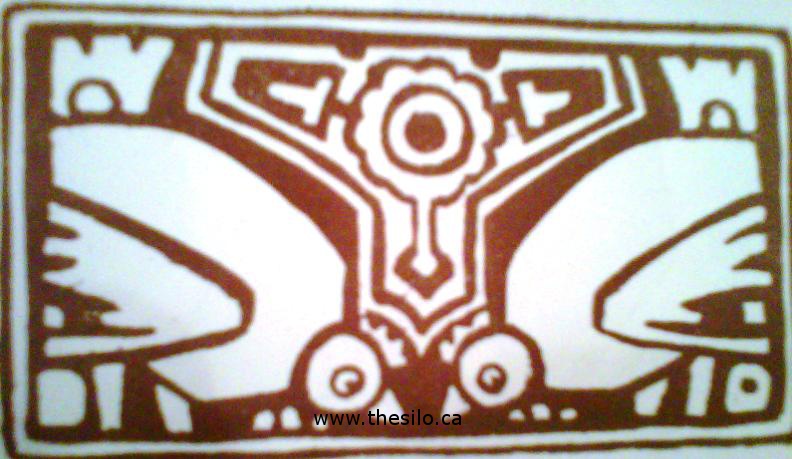 TRDWTR, pronounced ‘treadwater’, is a mature take on the superhero genre, set in a plausible geopolitical future. The franchise will kick off with a graphic novel on September 30th, 2014. A live-action series based on the novel is set to follow suit in 2015. A preview of the graphic novel will be staged in America’s largest comic book store today, September 10th. To commemorate the launch, a teaser trailer for the TRDWTR franchise has been made available to the general public. And here it is!
TRDWTR, pronounced ‘treadwater’, is a mature take on the superhero genre, set in a plausible geopolitical future. The franchise will kick off with a graphic novel on September 30th, 2014. A live-action series based on the novel is set to follow suit in 2015. A preview of the graphic novel will be staged in America’s largest comic book store today, September 10th. To commemorate the launch, a teaser trailer for the TRDWTR franchise has been made available to the general public. And here it is!
Tag Archives: artists
NAC Hosting Largest Wearables Event
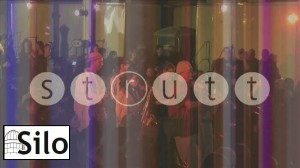
St. Catharines, Canada — The Niagara Artists Centre’s (NAC) 2013 STRUTT Wearable Art Weekend (STRUTT) is outlandish, bold and more spectacular than ever before. STRUTT takes place on November 15 and 16, 2013 culminating with the STRUTT Runway Show, which takes place Saturday, November 16 at the WS Tyler Factory in St. Catharines, ON.
Doors open at 8 p.m. and the runway show begins at 9 p.m. The STRUTT Runway Show showcases over 40 unique wearable artworks by local and province-wide artists, and will be scored by crown princes of Trans-Canadian cosmic rock, The Sadies. The event website is www.struttwearableartshow.ca
“We do whatever we can to bring the ‘WTF’ factor to every STRUTT. It doesn’t matter if you’ve been to the last ten or you’ve never been before, you’re going to get your head spun,” expresses NAC “Minister of Energy, Minds, and Resources,” Stephen Remus.
“Art and fashion are two things that academics, upper crust types, and anybody else who likes to be full of themselves has almost ruined completely. Thankfully, STRUTT brings it all back to earth in glorious style like a boulder of good times smacking down on a jelly doughnut.”

STRUTT is a surreal party scene where the absurd is commonplace. As Doug Herod of the St. Catharines Standard reflects, “STRUTT rocks! STRUTT is a wearable art fashion show, but that description doesn’t do it justice. It’s music, it’s entertainment, it’s theatre – and a lot of fun.” In addition to the art on the runway, The Sadies will be taking the stage and there are a variety of other spectacles leading up to the STRUTT Runway Show on November 15 at the WS Tyler Factory to keep partygoers entertained. The weekend’s events feature a photography
exhibit showcasing over 300 works of art that have been created over the past 14 years, and a dinner party featuring a live performance of chamber music combined with breathtaking imagery, local wine and a four-course epicurean feast.
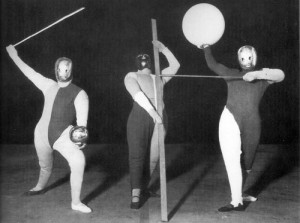
STRUTT 2013 sponsors, partners and supporters are (in alphabetical order) Brock University Centre for the Arts, Canadian Tire Financial Services, City of St. Catharines, Design Electronics, Eight Contracting and Restorations, Henley Honda, Liberty! Bikes, Ontario Arts Council, Pen Financial Credit Union, Province of Ontario, Shannon Passero, The St. Catharines Performing Arts Centre, STORM Hair Group, and Suitcase In Point.

NAC is a not-for-profit, charitably registered, member-driven collective formed by and dedicated to serving the working artists and community of Niagara. Founded in 1969 as a collective of working artists, NAC is one of the oldest artist-run organizations in Canada. For more information visit www.nac.org
Supplemental- http://rosswolfe.wordpress.com/2013/06/02/oskar-schlemmers-bauhaus-costume-parties-1924-1926/
What is Dada? http://arthistory.about.com/cs/arthistory10one/a/dada.htm
Ceramic Food Art Inspired By Cultural Differences
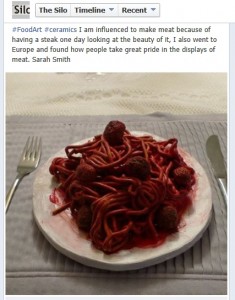 Jack Nicholson, playing The Joker in the 1989 Tim Burton film Batman, said “I don’t know if it’s art, but I LIKE IT!” Looking at artist Sarah Smith’s ersatz ceramic food sculptures I am convinced this work is incredibly effective art. And I like that. A lot.
Jack Nicholson, playing The Joker in the 1989 Tim Burton film Batman, said “I don’t know if it’s art, but I LIKE IT!” Looking at artist Sarah Smith’s ersatz ceramic food sculptures I am convinced this work is incredibly effective art. And I like that. A lot.
Part of Smith’s inspiration comes from the cultural differences found when it comes to food preparation and presentation. From her experiences, European’s tend to favor and appreciate food that not only tastes good but looks just as good to match. In the discipline known as culinary arts, the appearance of food is intrinsically linked with the skill of the chef and also with the intended effect on the consumer. In other words, form effects function. Strong components in any art form, Sarah Smith has applied this notion to fake food, emphasizing and reminding the viewer that strong physical reactions can be manipulated through visual presentation.
Throughout time, food has been linked with human emotion and health. Consider this: Apples are associated with our health and death. The “perfect” apple and the “poison” apple. “An apple a day keeps the doctor away.”
Symbiosis of food and the human body. Cucumber slices and orange slices are a remedy for tired eyes and worry lines. Black eyes are healed with a raw steak. Aromatherapy consisting on some level as ‘concentrated scents of food’ (coconut, vanilla, bananas….attempts to create a strong physical reaction such as calming through an associated mental- visual representation. But why is that and is this what Smith is asking us with her food? How do we feel when we see a raw pork chop?
So it’s connections like this that demand we consider Smith’s artistic motivation. Her work exists on many levels. Is it hyper-realism? Surrealism? Pop-art? I believe it is all of those things and more. For the Silo, Jarrod Barker.
Artist Is Member Of Christian Student Group Effecting Change
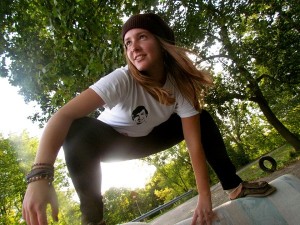
Sara Kuiper, a Zoology major at Guelph University has fueled her fire with the help of an organization trying to reach the world. Kuiper is a member of Power to Change, a Christian group for students.
Their mission is to reach the world by helping students discover Jesus.
“My first year of university I became part of Power to Change, I wanted to be part of a group that would help me grow in my faith and would genuinely help me,” said Kuiper.
“When you’re trying to figure out who you are spiritually you need to have a good support system, and while other students were going out partying and drinking there’d be alternative activities. It’s not about shoving religion down your throat, it just gives us a forum to talk about our beliefs, the challenges in our lives and what we want to accomplish.”
Kuiper travelled to Panama on a mission trip her second year of university, where she participated in hosting an English Club, and ran a sports outreach which culminated in a soccer tournament.
Compelled to continue her work, she applied to volunteer during a mission to Lima Peru, and was invited to be an intern during the one month trip.
“We would be at the universities and work with the students and make friends and offer help and share the gospel if they want to hear it,” said Kuiper.
“I need to raise $4900 by May, I’m not too worried. I’m planning on hosting a fundraiser at my church and maybe auctioning off one of my paintings.”
Encouraged by Power to Change, Sara delved further into her love of art.
“There’s a big part of me as a painter and artist and thinking about what fuels the art, and the purpose of the art and it was actually at a retreat that really pushed me to follow through with my love of creation,” said Kuiper.
“If people want to explore their own spirituality, many universities have Power to Change Clubs, just check Facebook, or look up their school’s club listings.” For the Silo by Lacie Williamson.
Early Canadian Artist Decorated Ceramics From Nuttal Codex
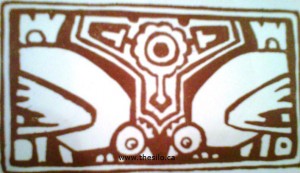
Eva Brook was born in 1867, the year of confederation and, interesting as well, the incorporation of Moosehead Beer. Auspicious beginnings. Her Simcoe family owned The Brook Woollen Mill, and like many privileged children of her time she attended private school. She was fortunate to study art under Frederick Bell Smith, the renowned Canadian-Victorian painter, at Alma College in St. Thomas. Brook would later return to Alma as a teacher, and in fact headed the art department there.
In the 1890’s Eva emigrated to Mexico, where it seems she operated a bookstore, and where she may also have re-connected with her soon-to-be husband A.W. (Will) Donly, who she had known from school. After their marriage in Norfolk, the couple returned to Mexico where Will had taken the post of Canadian Trade Commissioner.
Eva’s skill as an artist continued to develop against the backdrops of her upper-class life in a diplomatic household, as well as the unrest following the 1910 Mexican revolution (though her paintings, as shown, do not reference the violence of that time). She made friends with the archaeologist Zelia Nuttal, who had developed a system for decoding the symbols of pre-Colombian art, and the current exhibition contains ceramics Brook-Donly decorated based on the Nuttal codex, as well pieces from her collection of Aztec pottery and artifacts.
After the Donly’s return to Canada Eva embraced the emerging, modern painting style of Tom Thomson and The Group of Seven, and her work began receiving more attention. In The Review of the Royal Canadian Exhibition, an article which appeared in Canadian Forum, December 1920, she is mentioned alongside Arthur Lismur, Franklin Carmichael and A.Y. Jackson. There are some hilly landscapes in some of her work that appear to directly quote Jackson’s treatment of the same.
It may be hard to fathom now but in 1920 The Group of Seven represented a revolution in Canadian painting, rankling the sensibilities of many established and more naturalistic artists. That Eva was attracted to their work, and understood it, suggests a progressive spirit–that is if picking up and moving to Mexico in the 1890’s was not enough for you. Any doubt will surely be erased by her decision to study with the American artist and designer Ralph Johonnot. His use of colour was vivid and idiosyncratic and his images, as one writer of the time put it, were like “illustrations for a fairy tale.” Brook Donly’s experiments with this style veritably leap out from among her other paintings as if they were sitting under a black light.
The impact of Mexico continued to feature in her art through the 20’s as well. If she picked up an interest in pattern design from Johonnot, she combined it to great effect with Aztec and Maya motifs to create striking, two-colour images for ceramics.
Eva Brook Donly was an early figure of the Simcoe establishment and one of the first members of the Norfolk Historical Society. For the Silo, Chris Dowber.


